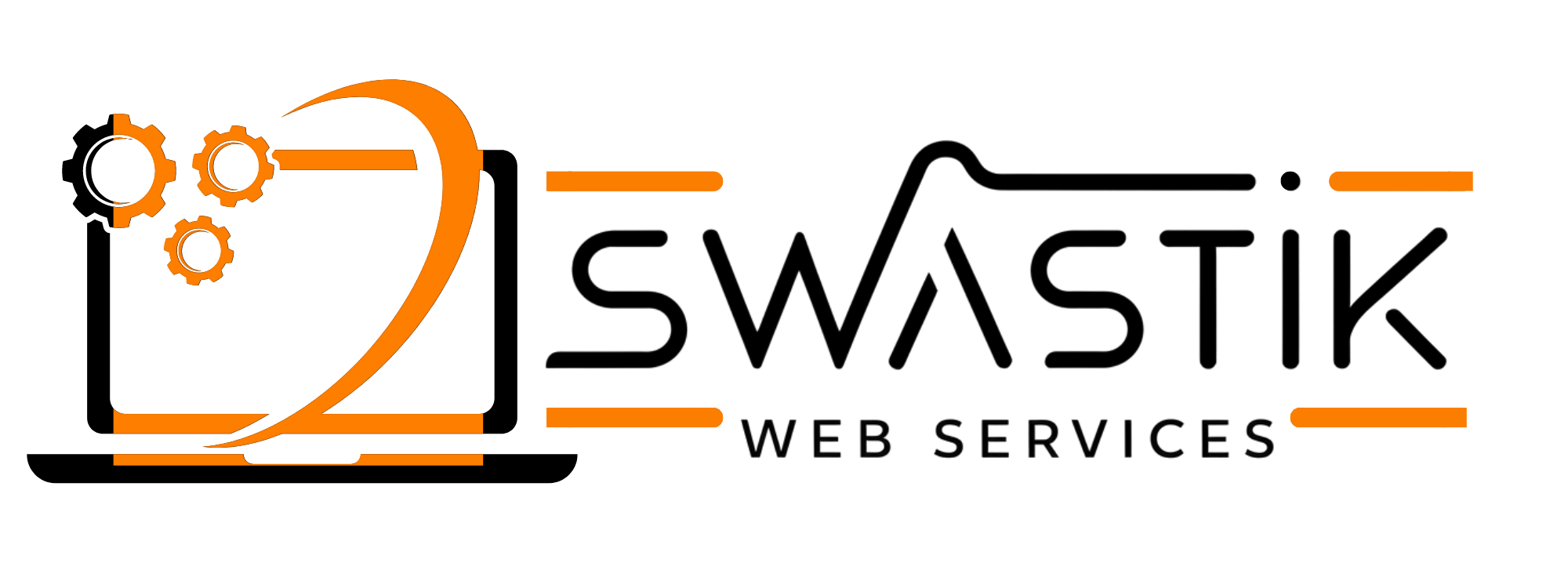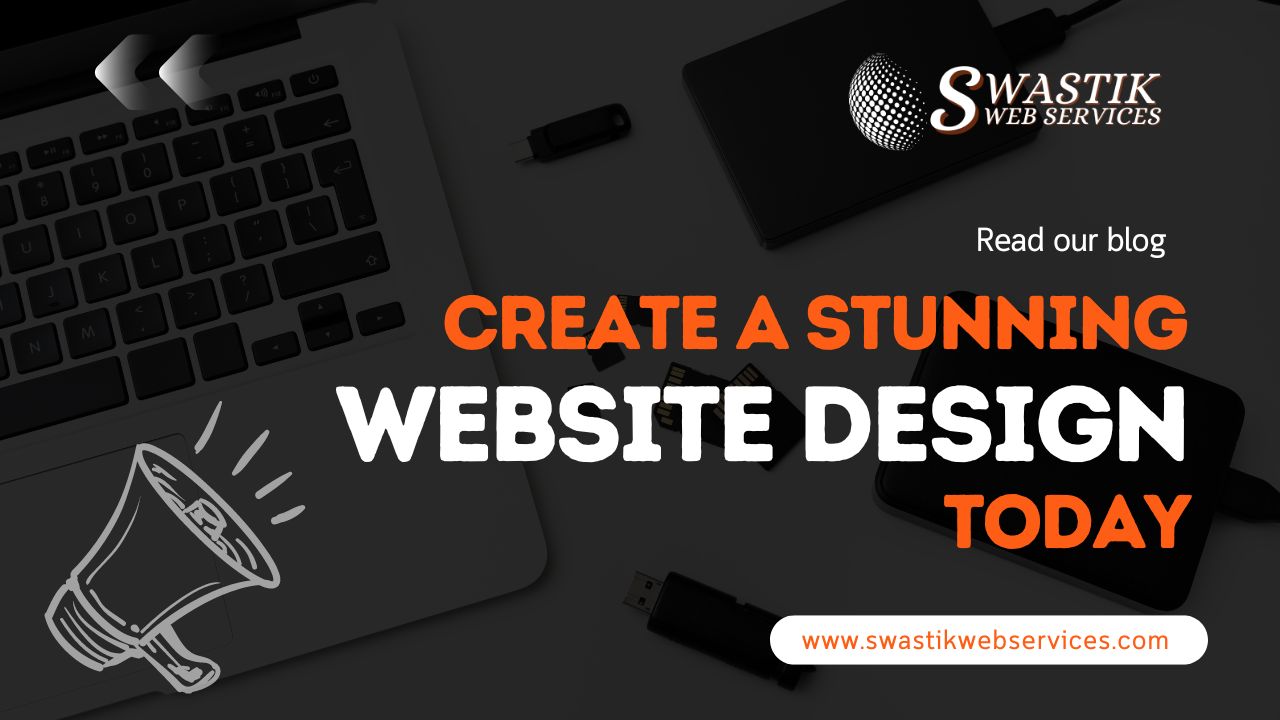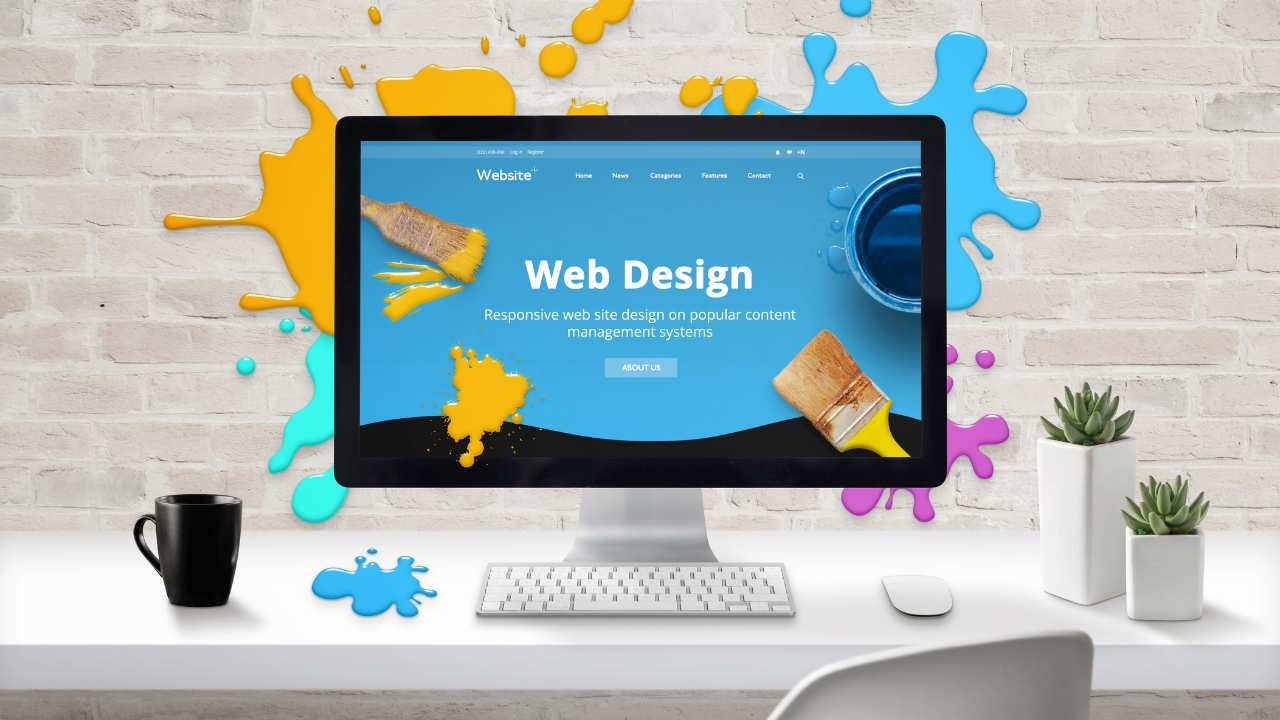Your website is like your online business card. It makes a big impact on people who visit. Making your website design look great is key to standing out online and drawing in visitors. But what makes some websites do better than others? It’s all about knowing how to make a website that looks good, is easy to use, and helps you grow your brand online.
This article will show you the important parts of making a great website. We’ll cover everything from knowing who your visitors are to making your site easy for search engines to find. We’ll look at the key elements that can make your website a hit. This will help you make a site that really speaks to your audience and leaves a mark.
Key Takeaways
- Understand the purpose and goals of your website to create a tailored design
- Identify your target audience and their preferences to deliver a seamless user experience
- Develop a user-friendly information architecture to enhance navigation and accessibility
- Embrace responsive design to ensure a consistent experience across all devices
- Leverage visual design and branding to create a memorable and professional online presence
Defining Your Website’s Purpose and Goals
Starting a successful website design means clearly defining its purpose and goals. You need to know who your audience is, what they need, and what they like. With clear objectives, your website design will match your business goals and give users a smooth user experience.
Understanding Your Target Audience
Before designing your website, it’s key to know your target audience well. Who are they? What problems do they face? What information or services do they want? Knowing this lets you make your website design fit their needs and likes.
Setting Achievable Objectives
After understanding your audience, set clear goals for your website. These goals should be specific, measurable, and match your business aims. Are you aiming to boost website traffic, get more leads, or enhance user experience? Setting these goals will shape your website design strategy and make sure your site gets real results.
“A well-designed website not only looks great, but also effectively communicates your brand’s message and helps you achieve your website objectives.”
By defining your website’s purpose and goals, you’re on the right path to making a website design that connects with your audience and supports your business goals.
Crafting a User-Friendly Information Website Design
A well-designed information architecture is key to a successful website. It boosts user experience and helps organize content and navigation. By structuring your website’s info well, visitors can easily find what they need.
Organizing your content logically is a main principle of information architecture. Group similar pages and topics together. Make sure your menus are clear and your website’s structure is easy to get. Focus on what users need to make your site both good-looking and useful.
Clear labels for navigation and content are also crucial. Using easy-to-understand terms makes your website easier to use. This helps visitors find information fast and efficiently.
Optimizing Content Organization
Good content organization is key for a user-friendly site. Here are ways to improve your content structure:
- Put your content into logical groups to help users find what they’re looking for.
- Have a clear menu that lets users move around your site easily.
- Use page titles and headings that tell users what the content is about.
- Make sure your internal links help users move between related pages smoothly.
Enhancing User Experience through Navigation
A good navigation system is vital for a user-friendly site. It makes finding information easier and improves the overall experience. Here are tips for better navigation:
- Use a consistent menu structure with clear labels.
- Make sure your site works well on mobile devices.
- Add visual cues like icons or breadcrumbs to show where users are.
- Update your navigation based on user feedback and analytics.
By focusing on a user-friendly information architecture, you can make your website better. This leads to happier users, more engagement, and better performance online.
| Element | Description | Impact on User Experience |
|---|---|---|
| Content Categorization | Grouping related content into logical categories | Improves content discoverability and navigation |
| Navigation Menu | Clear and intuitive navigational structure | Enhances the ability to quickly find information |
| Page Titles and Headings | Descriptive and informative labels for content | Provides context and clarity for users |
| Internal Linking | Seamless connections between related pages | Facilitates deeper exploration and engagement |
Embracing Responsive Design for All Devices
In today’s digital world, a great website design must meet the needs of users on many devices, from big computers to small phones. Responsive design helps make a website that changes to fit the user’s device and likes.
Mobile-First Approach
A key part of responsive website design is focusing on mobile first. This means making sure your website works well on phones and tablets before working on the desktop version. Starting with mobile ensures your site is easy to use on all devices.
Adaptive Content and Layout
Responsive website design is more than just making things smaller. It’s about making adaptive content and layouts that change based on the device. This means moving content around, changing text sizes, and adjusting images for a better look and feel on any device.
By focusing on mobile-first and using adaptive content, you can make a website design that gives users a smooth experience. It meets the needs of everyone who visits your site.
Enhancing User Experience with Visual Design
Your website’s look and feel greatly affect the user experience. A consistent brand identity, engaging typography, and easy navigation make your site both beautiful and user-friendly. This draws in your audience.
Consistent Branding and Typography
Being consistent in website design and branding is crucial. Make sure your visual design elements like colors, logos, and images match across your site. This makes your brand stand out and leaves a lasting impression.
Choosing the right typography is also key. Pick fonts that match your brand’s vibe and are easy to read. This ensures your site looks good and is easy for visitors to use.
Intuitive Navigation and Usability
How easy it is to navigate your site is vital for a good user experience. Create a navigation system that’s easy to use. Your site should have clear menus, a good search function, and clear calls to action.
Focus on visual design, branding, typography, and navigation. This approach makes your site not just look great but also provides a top-notch user experience. It can increase engagement and drive more conversions.
Integrating website design with Content Management
Good website design is more than just making it look nice. It must work well with your content management system. This way, your website stays fresh, interesting, and keeps visitors coming back.
Seamless Content Creation and Updates
A great website is about sharing valuable content with your audience. Website design and content management should work together for a top-notch user experience. Here are some important points:
- Intuitive content creation tools that make it easy for your team to update the site
- Automated website updates to keep your content fresh and relevant
- Seamless integration between your website design and content management system for a smooth experience
- Flexible content management features for easy reorganization and updates
When you link your website design with a strong content management system, you make updating your site easier. This keeps your online presence looking good and full of valuable information.
“A website without valuable content is like a car without an engine – it may look great, but it won’t get you anywhere.”
A well-designed website is powerful when it shares engaging, current content with your audience. Finding the right balance between website design and content management helps you build an online presence that draws in and converts visitors.
Optimizing for Search Engines and website design
In today’s digital world, making sure your website is easy to find is key. By making your site search engine friendly, you can increase its visibility and bring in more visitors. This helps your online presence grow and reach the right people.
Search engine optimization, or SEO, makes your website better for search engines. It improves your site’s structure, content, and technical parts. This means more people can find you online and have a better experience on your site.
Keyword Research and Content Optimization
Good SEO starts with knowing who you want to reach and what they search for. Do deep keyword research to find the best search terms. Then, use these keywords in your content so your site shows up when people search for what you offer.
Technical Optimizations for Search Engines
Your website’s technical parts also affect how search engines see you. Make sure your site is easy to navigate and loads quickly. Also, make sure images, videos, and other files are ready for search engines. Using schema markup helps search engines understand your site better.
Ongoing Monitoring and Refinement
SEO is an ongoing task, not just a one-time job. Keep an eye on how your site is doing and adjust your strategy based on data. Keep up with the latest search engine updates to stay ahead and attract the right audience.
By adding SEO to your website design, you make a strong online presence. Your site will look great, work well for users, and be more visible online.
| Metric | Before SEO Optimization | After SEO Optimization |
|---|---|---|
| Search Engine Ranking | Page 2 | Page 1 |
| Monthly Organic Traffic | 2,500 visitors | 5,000 visitors |
| Conversion Rate | 2% | 4% |
“Optimizing your website for search engines is not just about improving rankings; it’s about creating a compelling, user-friendly online experience that drives real business results.”
Conclusion
Creating a great website design is all about meeting your audience’s needs and making the user experience smooth. It also means your design should match your business goals. By using the tips from this article, you can make your online presence stand out. This will help you grab your visitors’ attention and bring in results for your business.
Good website design is more than just looking good. It includes making sure your site works well on all devices and is easy to navigate. It also means using visuals that make your brand pop. Plus, having a system to update your content keeps your site fresh and relevant online.
To win in today’s online world, you need to make sure your site is easy to find. Use the right keywords and SEO strategies to make your site more visible. This way, you can draw in the right people to your website.
FAQ
What are the key components of creating a stunning website design?
To make a stunning website, you must know your audience and set clear goals. Make sure your site is easy to use and looks good on all devices. Use design to improve the user experience and make sure your site works well with search engines.
How can I define my website’s purpose and goals?
First, understand who your audience is and what they want. Then, set goals that match your business and make your site easy to use.
Why is a well-designed information architecture important for my website?
Good information architecture makes your site easy to use. It organizes your content and navigation in a way that’s logical and easy to follow. This helps visitors find what they need quickly.
How can I ensure my website is optimized for all devices?
Use a mobile-first design and make sure your site adapts to different devices. This ensures a great experience for everyone, from desktop users to smartphone users.
What visual design elements are important for enhancing the user experience?
Important visual elements include a strong brand identity, good typography, and easy navigation. These make your site look great and easy to use, keeping your audience engaged.
How can I integrate website design with content management?
Make sure creating and updating content is easy and fits your design. This keeps your site fresh and interesting for visitors while keeping the design consistent.
Why is it important to optimize my website for search engines?
Optimizing for search engines helps your site be more visible and attract more visitors. It also improves the user experience. By using SEO best practices, your site can reach its full potential and connect with your audience.











Narendra
6 Oct, 2024Thanks for the information
Sachin prajapati
2 Jul, 2025Thanks for the information